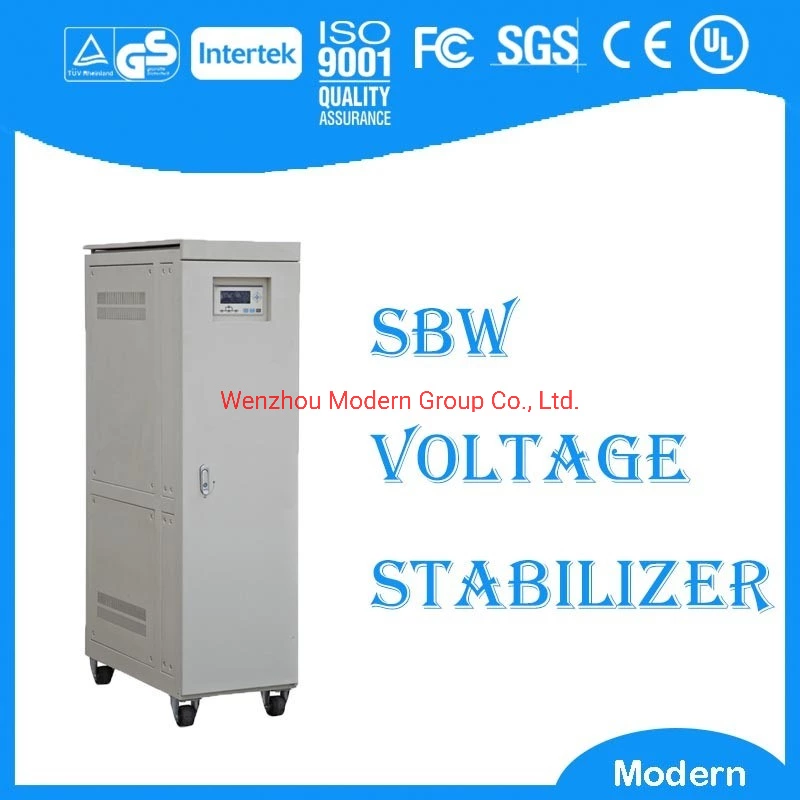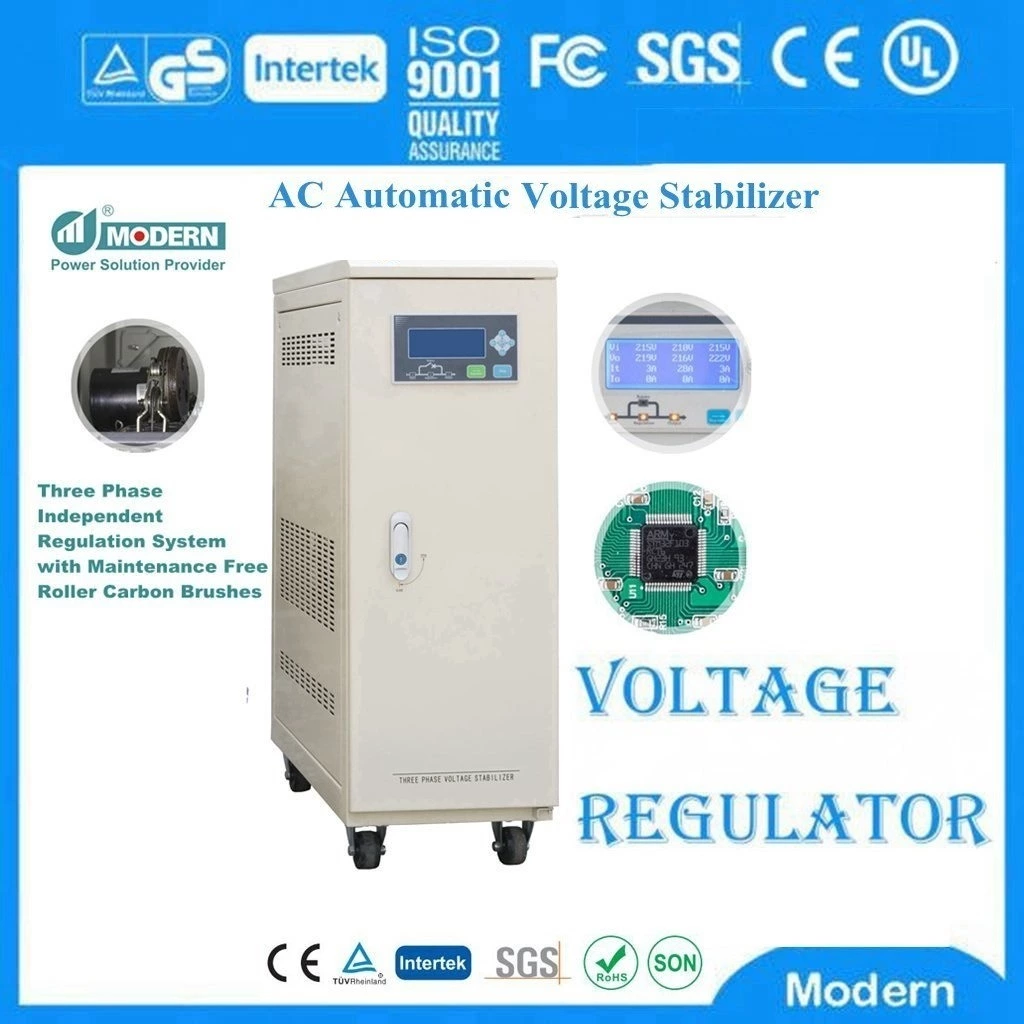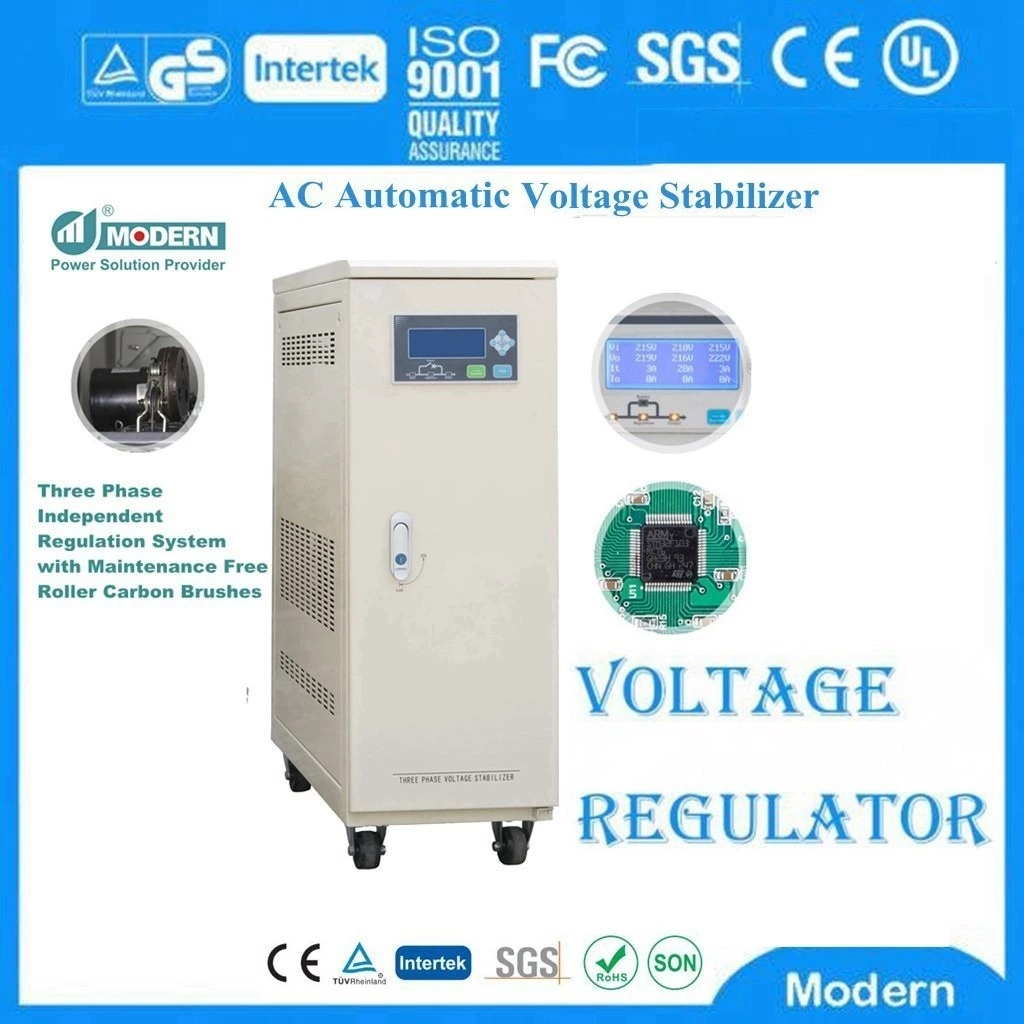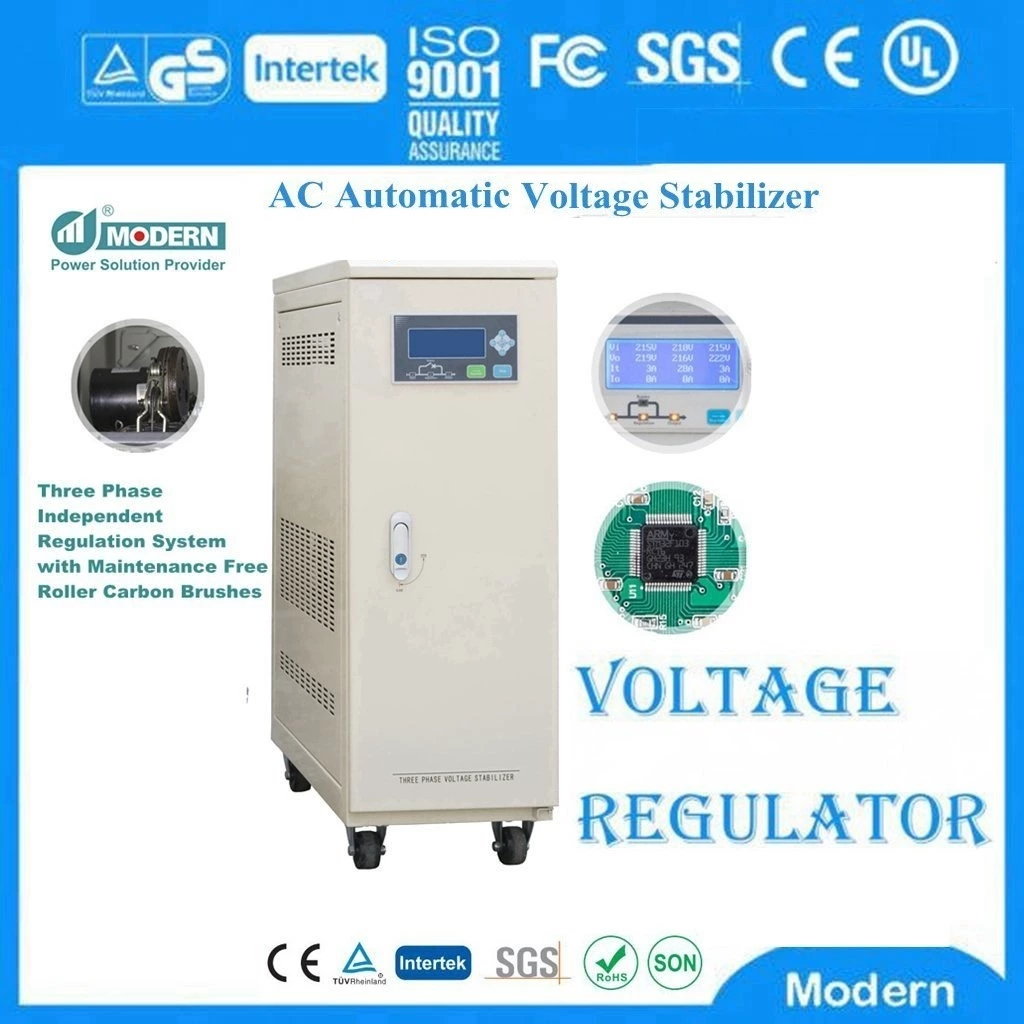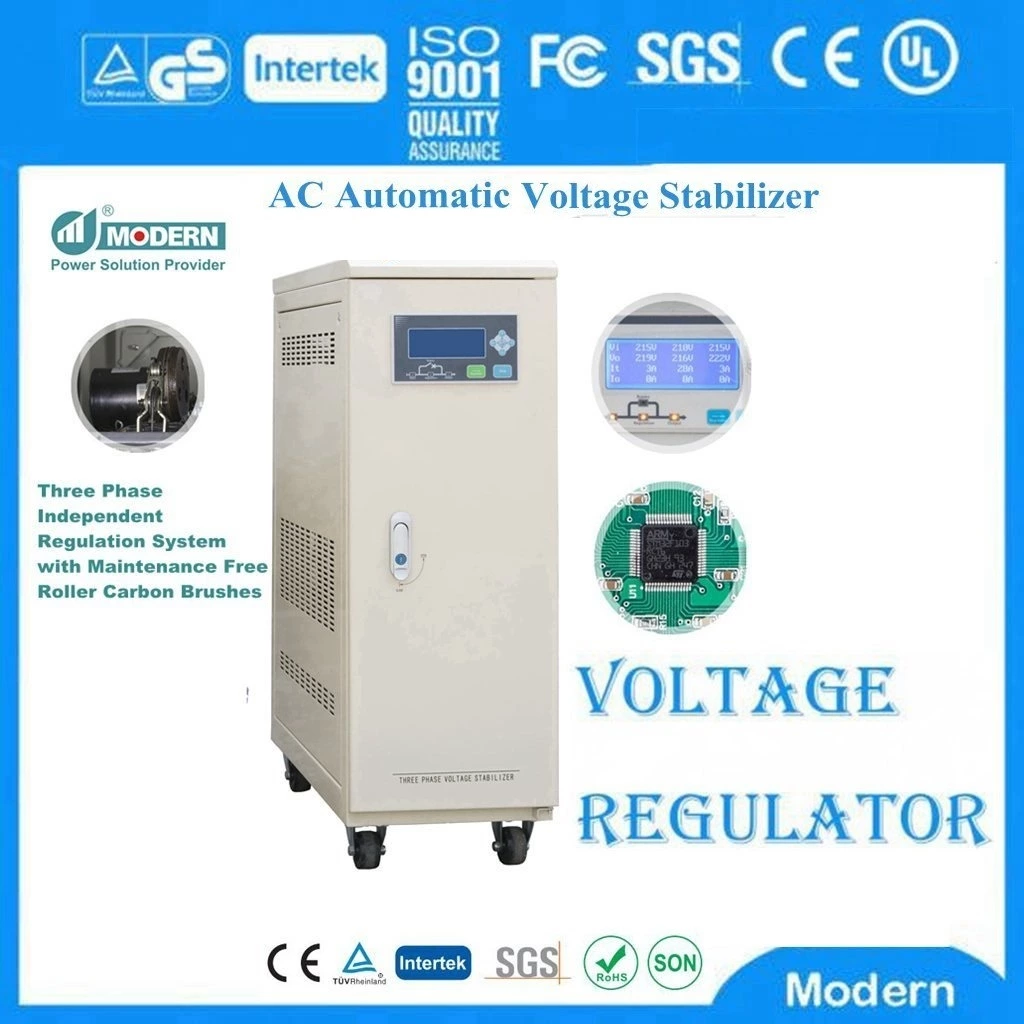Common Faults And Techniques For Uninterruptible Power Supply Maintenance
Uninterruptible Power Supply(UPS) Common Faults and Tips for Repairing UPS
When repairing an uninterruptible power supply (UPS), it is important to understand common faults and their repair tips. Here are some common UPS faults and their solutions, as well as some practical tips for repairing.
1. Common faults and solutions
Battery failure or degradation
Fault phenomenon : UPS backup runtime is reduced or fails completely during a power outage.
Solution : Check the battery status indicator and test the battery using the built-in diagnostic tool. If the battery life exceeds the expected (usually 3-5 years), consider replacing it with a new battery .
Overload
Fault phenomenon : The connected equipment consumes more power than the UPS can handle, causing overheating, frequent alarms, or UPS shutdown.
Solution : Evaluate the power consumption of the connected equipment to ensure that the UPS rated capacity is not exceeded. Reallocate the load or consider upgrading to a UPS system with higher capacity .
Input power quality problem
Fault phenomenon : Power fluctuations or interference cause the UPS to switch to battery mode unnecessarily or trigger an alarm.
Solution : Install a surge protector or voltage regulator, and check and resolve wiring or grounding problems. Configure UPS settings to adjust sensitivity level or enable input voltage regulation.
Fan failure or overheating
Failure phenomenon: Continuous operation or environmental factors lead to fan failure or UPS overheating.
Solution: Clear obstacles blocking the vents and verify that the internal fans are operating normally. Relocate the UPS to a cooler environment or install additional cooling equipment.
Communication and connection problems
Failure phenomenon: Communication failure between the UPS and the connected device or monitoring software.
Solution: Use compatible cables and connectors to ensure proper connection. Verify network settings and configuration of the remote management interface. Update firmware or software drivers.
Unable to power on or frequently switch to battery mode
Solution: Check the power plug and socket connection to ensure that the power cord is not damaged. Check the battery connection for looseness or corrosion. If the problem persists, consider contacting a professional for inspection and repair.
2. Maintenance tips
Regular inspections
Inspect the UPS every day, check the display control operation panel, and confirm that all display units are in normal operation. Record the operation of the UPS, including voltage and current values, and handle problems in a timely manner.
Keep it clean
Keep the battery clean, check whether the connection points of the battery pack are tight and oxidized, and apply vaseline oil. Clean the fan filter to prevent clogging.
Simulation test
Perform simulated mains power failure tests regularly to ensure that the battery can discharge to the DC bus and restore AC power immediately after normal operation. This helps to understand the actual operating capacity of the battery and activate the battery pack.
Professional maintenance
For complex faults or repairs that require professional knowledge, it is recommended to contact the UPS manufacturer's after-sales service team or a professional maintenance company for processing.
By understanding these common faults and their solutions, as well as mastering some practical maintenance skills, the reliability and service life of the UPS can be effectively improved.
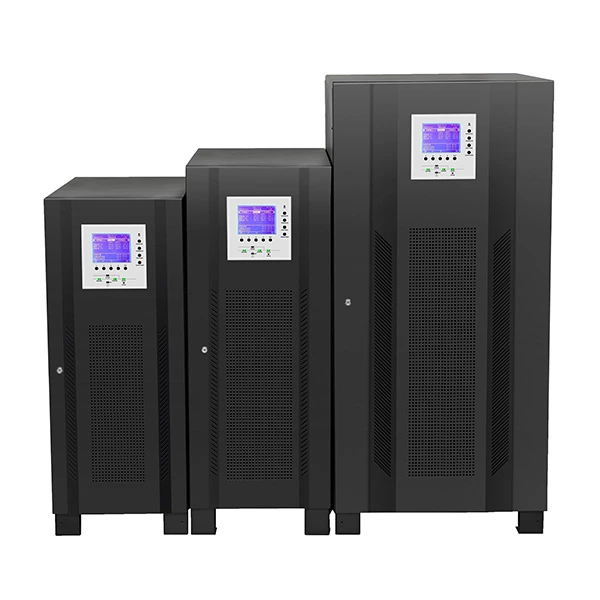
 Русский
Русский
 Français
Français
 Português
Português
 Español
Español
 اللغة العربية
اللغة العربية
